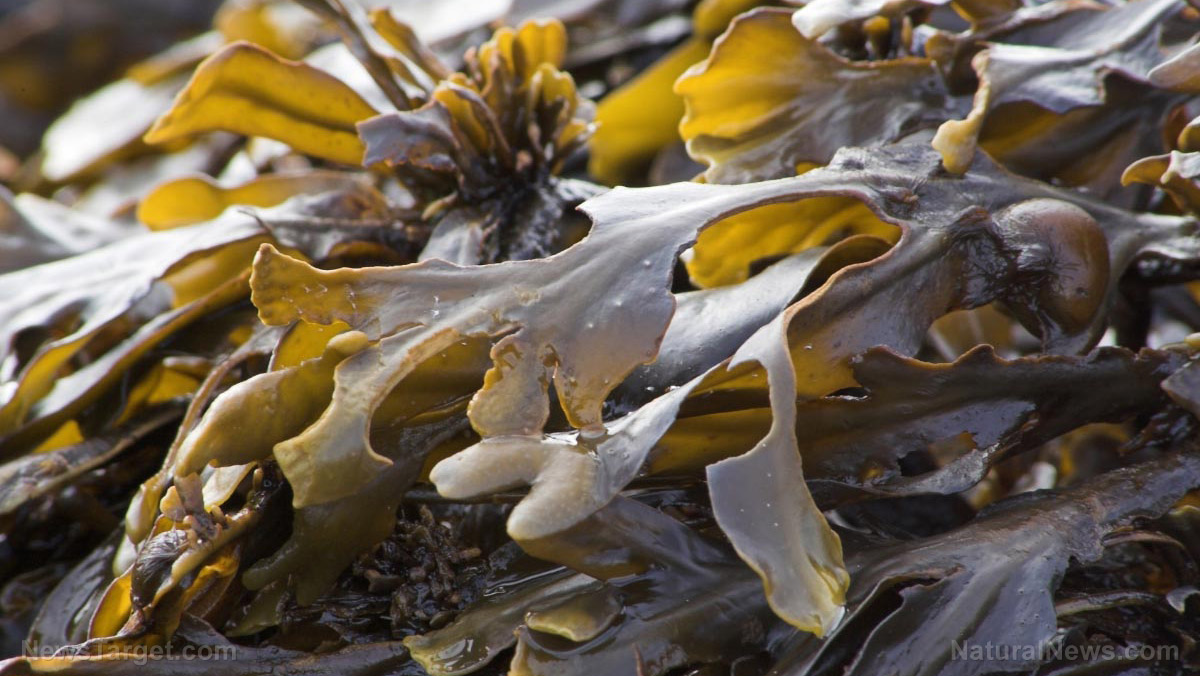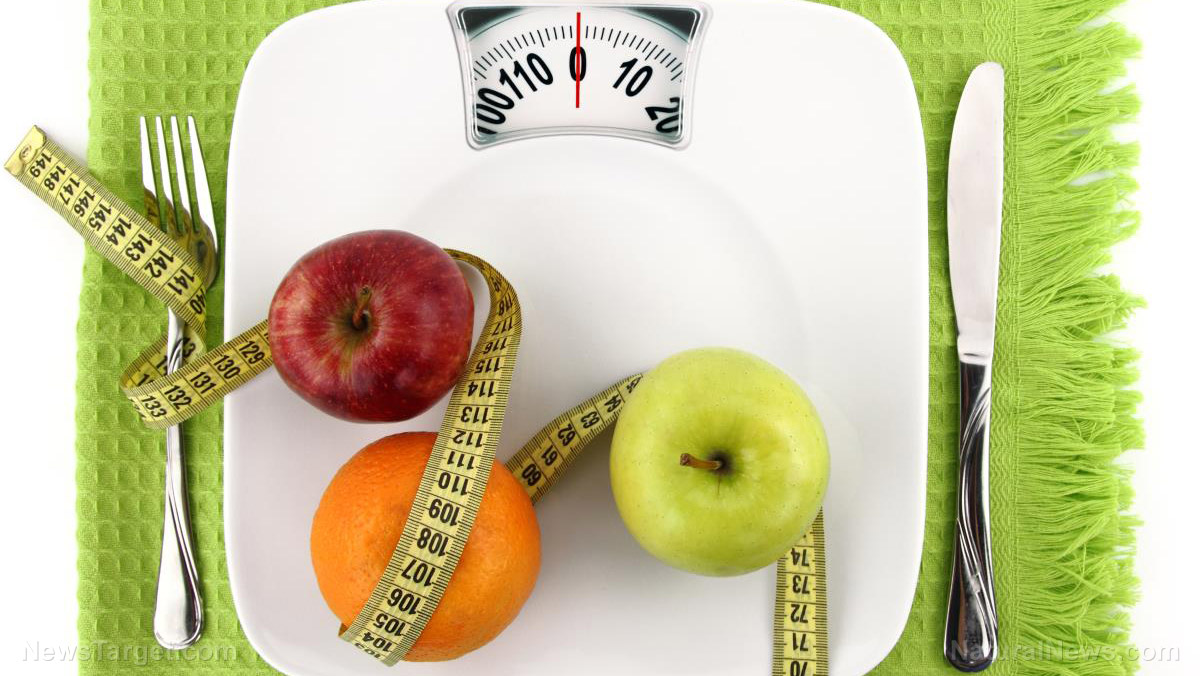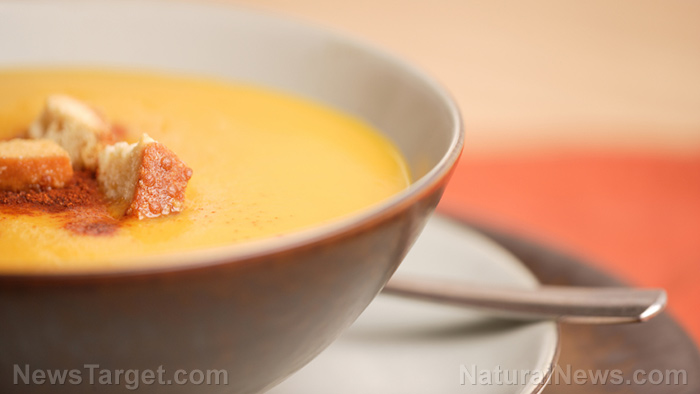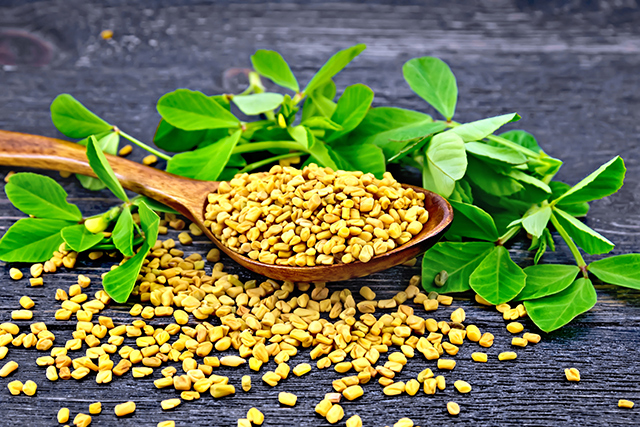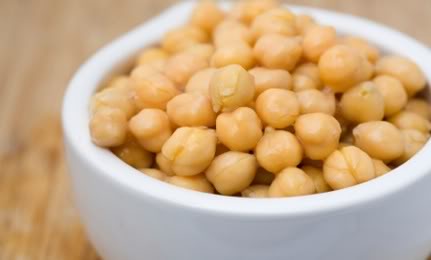
Chickpeas have a long and colorful history. They are believed to have been bred from a wild ancestor sometime around 7,500 years ago within the Middle East’s Fertile Crescent. By 4,000 B.C.E., they had reached the Mediterranean. They reached India around 2,000 B.C.E. where they were accepted as a staple food.
But chickpeas were enjoyed not just as culinary commodities, but also as medicinal treatments. Their malic and oxalic acids, which were gathered by spreading muslin over the entire crop overnight, were used for various applications, including as an aphrodisiac and as a treatment for warts, snake bite, cholera, sunstroke, and flatulence, among others.
A form of milk made from cooked chickpeas was used to treat diarrhea in infants, while the Uygurs in China used the legumes as a treatment for both hypertension and diabetes. Chickpeas were also used to remove intestinal worms.
A look at the phytochemical content of chickpeas will reveal that these traditional applications may have had actual merit. Chickpeas are a type of pulse, a legume harvested for its seed and not for its pods, much like kidney beans and lentils. They contain the highest concentration of carbohydrates among pulses, containing monosaccharides, disaccharides, and oligosaccharides in combinations that vary depending on their genotype. The presence of these carbohydrates makes them excellent sources of energy.
These carbs also make chickpeas a great source of both soluble and insoluble dietary fibers. Soluble fibers are noted for their cardioprotective benefits while insoluble fibers help clean the intestine and lower your risk for diseases like colorectal cancer. Complex carbohydrates like oligosaccharides can also act as food for the good bacteria in your gut, whose presence helps protect you from a wide variety of diseases.
Chickpeas are good sources of bioavailable proteins, but the concentration of these nutrients depends on whether the hull or seed coat is intact. Although its essential protein content is incomplete, which means it doesn’t have all the proteins needed by the body, the missing proteins can be easily compensated for by adding whole-grain cereals to your diet.
The legume also has a higher fat content than most pulses and cereals. It contains polyunsaturated, monounsaturated, and saturated fats. It also contains linoleic and oleic acids that are known to have cardioprotective properties, as well as potential anti-diabetic effects.
Chickpeas also contain various macro- and micronutrients. These include vitamins (B-complex, C, and E) and minerals like calcium, manganese, iron, copper, magnesium, chromium, and selenium.
Modern research findings point to chickpeas as an economical and nutritional food source, with a lot of studies providing proof of its many health benefits. For example, its rich dietary fiber content has been linked to reductions in cholesterol and fasting insulin levels in people with cardiovascular disease (CVD) risk factors, poor glucose tolerance, or family members who are at a high risk of developing CVD, according to a 2008 study.
Despite its high carbohydrate content, chickpeas actually rate lowly in the glycemic index at just 28 over a standard of 100. Low-glycemic foods are typically digested slowly by your body and do not cause spikes in your blood sugar. This makes chickpeas safe for people with Type 2 diabetes.
In fact, some studies indicate that even if you eat a high-fat diet, including chickpeas in your meals can lower your fasting insulin and cholesterol levels. Another study, comparing a diet that incorporated chickpeas and one that didn’t, found that those who followed the former approach experienced improvements in their insulin resistance. The chickpea diet also prevented hyperglycemia that usually occurs after meals.
Know more about the benefits of chickpeas at Veggie.news.
Sources include:
Please contact us for more information.
















